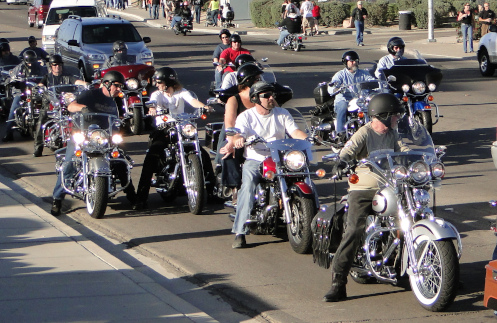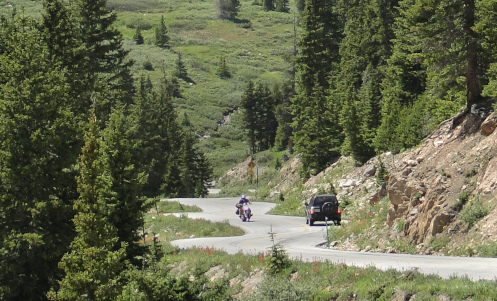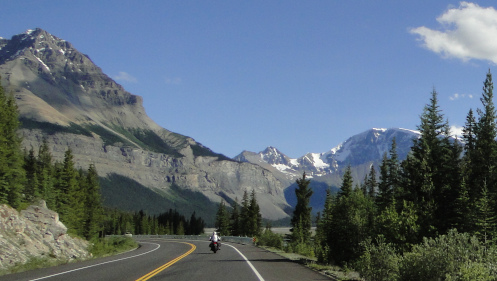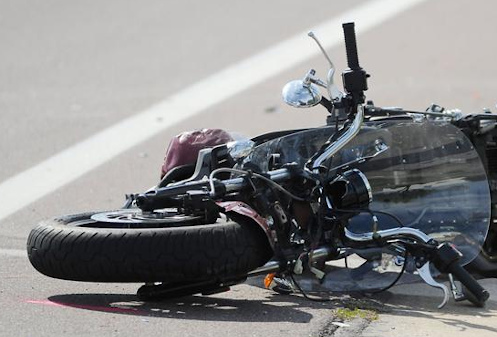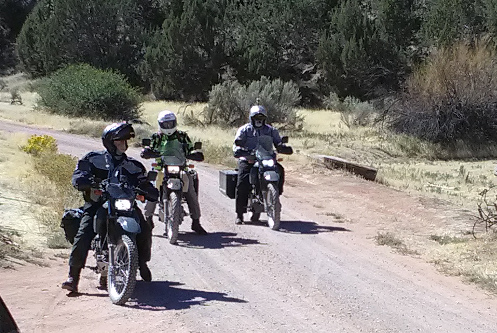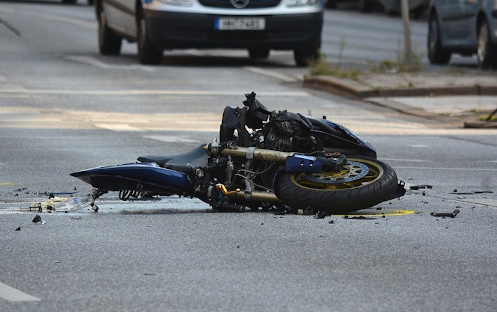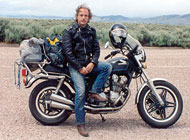Cover Your Eyes
Monday, December 16th, 2019Old pictures of motorcyclists from, say, 50 years ago can be pretty amazing if you pay attention to the details. It’s not that most of the riders are not wearing helmets, though they’re not. It’s that in most cases they’re also not wearing eye protection. Of course, laws back then didn’t require either.
Here’s an example. Some time ago I got a copy of McQueen’s Machines: The Cars and Bikes of a Hollywood Icon. Flipping through it there are a variety of pictures of Steve McQueen on motorcycles and, in several of them he’s blasting along with no helmet or glasses. It is interesting to note, however, that in shots where he is racing he always wears goggles and a helmet. So it’s not like people back then didn’t understand the protection these things offered.
Nearly every state now has a motorcycle helmet law in one form or another, some requiring all riders to wear them, many only having restrictions on those under 18. These laws are a volatile topic year after year and are likely to remain so for a long time to come. At one extreme are non-riders who want to force all riders to wear helmets, and at the other end are riders who consider it insane to ride without a helmet but who adamantly oppose government mandates on the issue. And there’s a wide spectrum of positions in between the two.
What goes undebated, however, is the fact that requirements for riders and passengers on motorcycles to have some sort of eye protection are widely mandated now as well. Glasses or goggles, per se, are not specifically required; a number of states demand eye protection on your face only if you do not have a windshield. Alaska is more specific: your windshield must reach at least 15 inches above your handlebars. Alabama, California, and others don’t require anything. Indiana only requires eye protection for riders under 18.
It’s a non-issue. Why? Because people by and large are not stupid. I’ve been riding for more than 30 years and I’ve gone down on my bike once. I didn’t always wear a helmet, although now I always do. I was that day but it didn’t matter, my head never touched the ground or anything else.
On the other hand, I cannot count the number of bugs that have died on my visor or on the lenses of my glasses. And then there are the bits of grit and sand and tiny pebbles that my eye protection has deflected. I know that many years ago, just like Steve McQueen, I used to ride without glasses or any kind of eye protection. I find it hard to believe now.
What I also find kind of hard to believe is the number of states that have no requirements or only require a windshield. Both my bikes have windshields and trust me, they don’t block all the airborne debris. I don’t care what the law is, or what state I’m in, I’m not going riding without eye protection.
And I think that’s why it’s a non-issue. I know that in my experience, and I suspect in yours, too, if you go to a state that has no requirements for eye protection, you’ll nevertheless be hard put to spot anyone who doesn’t have it. It would just be stupid not to.
Wow, what a concept: People are not stupid.
Biker Quote for Today
You know you’re a biker if you have ever had to borrow a helmet for your date.
